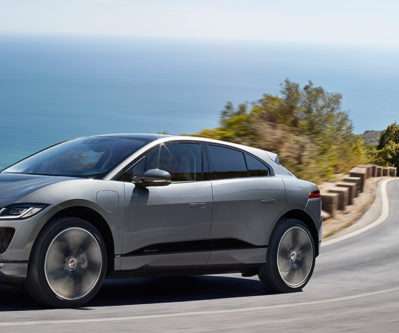Latest GHG Inventory shows California remains below 2020 emissions target; much steeper rate of GHG reductions required
Green Car Congress
OCTOBER 23, 2020
in 2018 (2000-2018 average year-over-year increase is 6.8%), continuing the increasing trend as they replace Ozone Depleting Substances (ODS) being phased out under the 1987 Montreal Protocol. All these climate programs have considerably more stringent emissions reduction targets starting in 2021. tons per person to 10.7


















Let's personalize your content